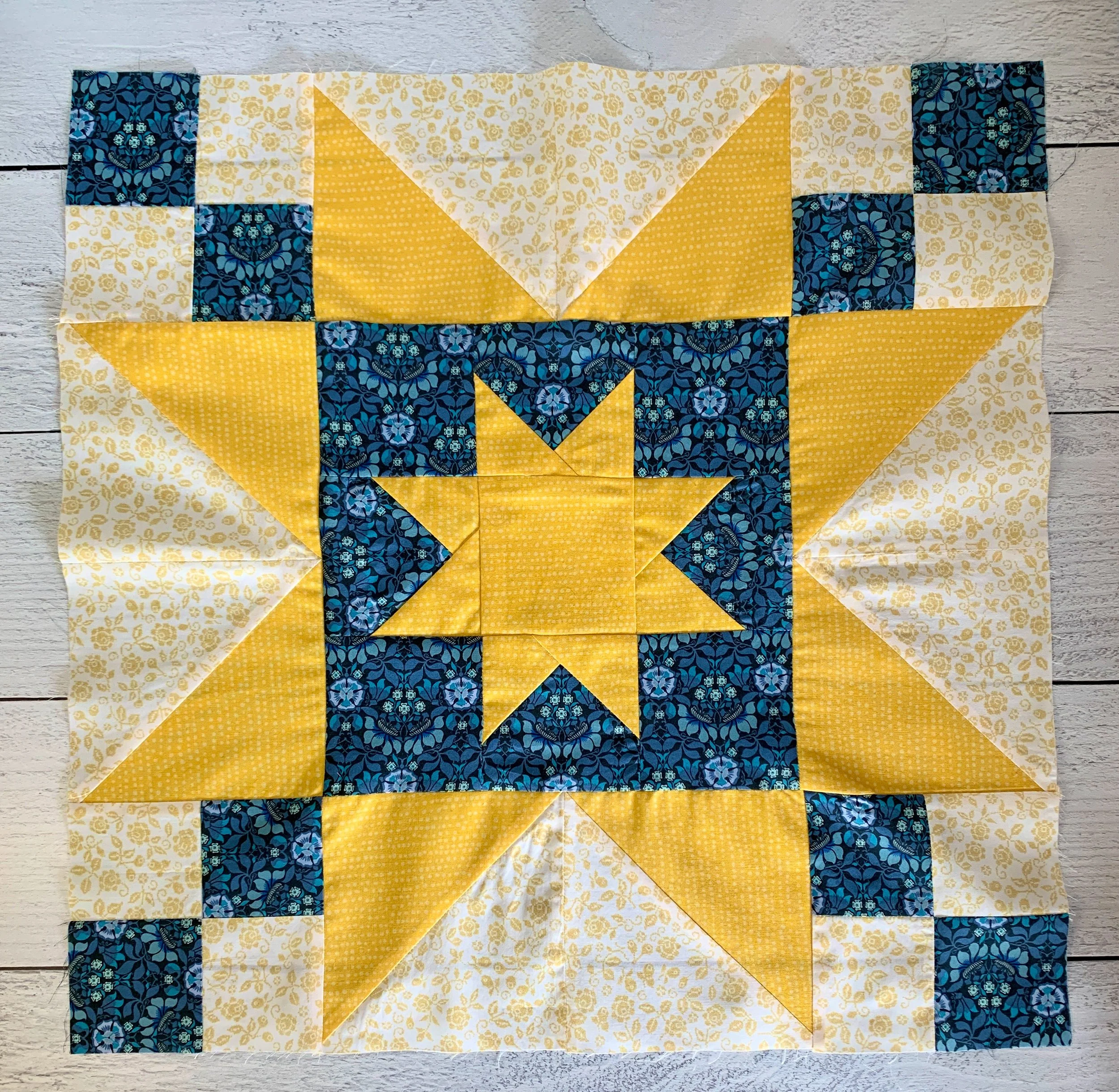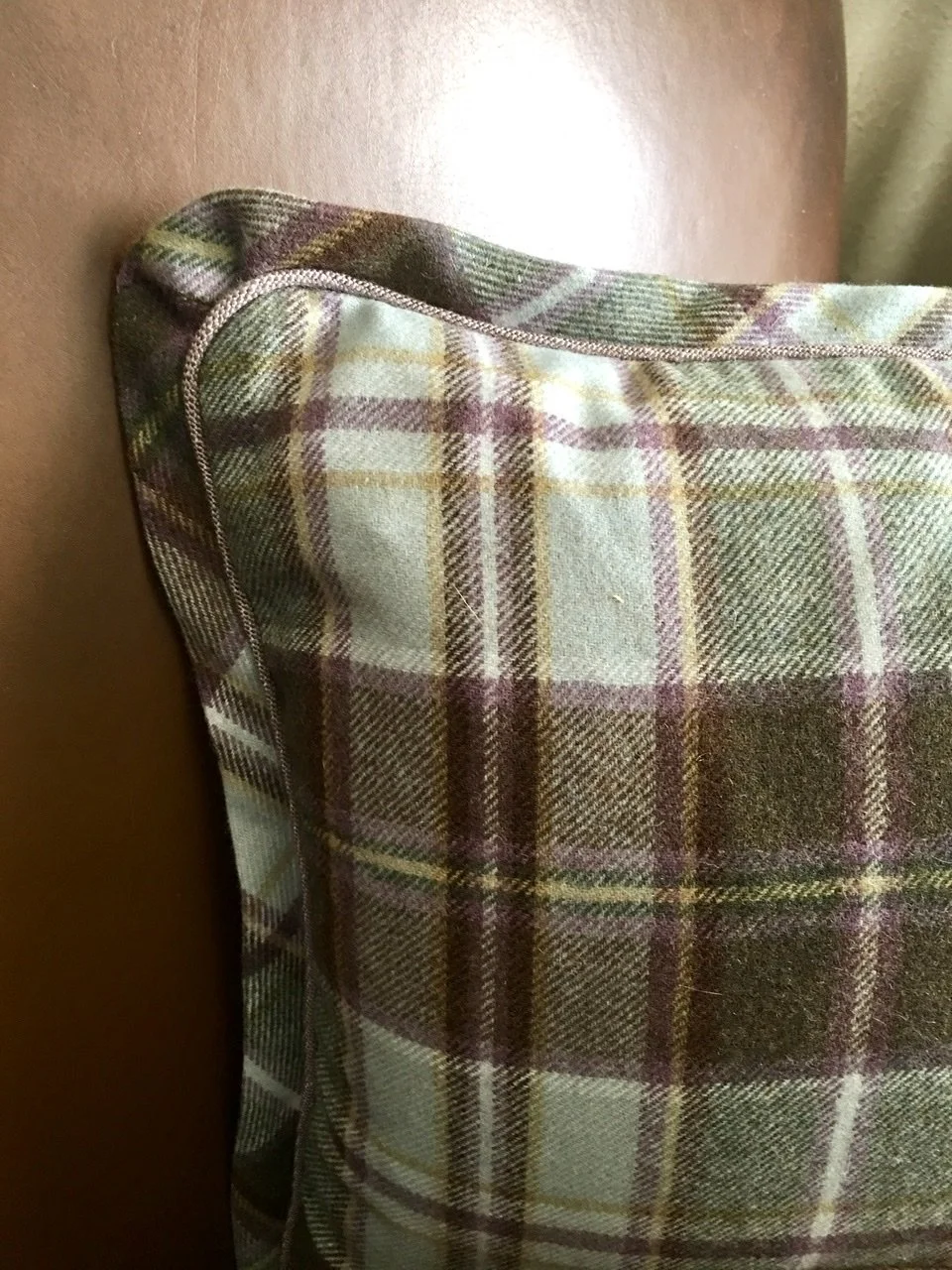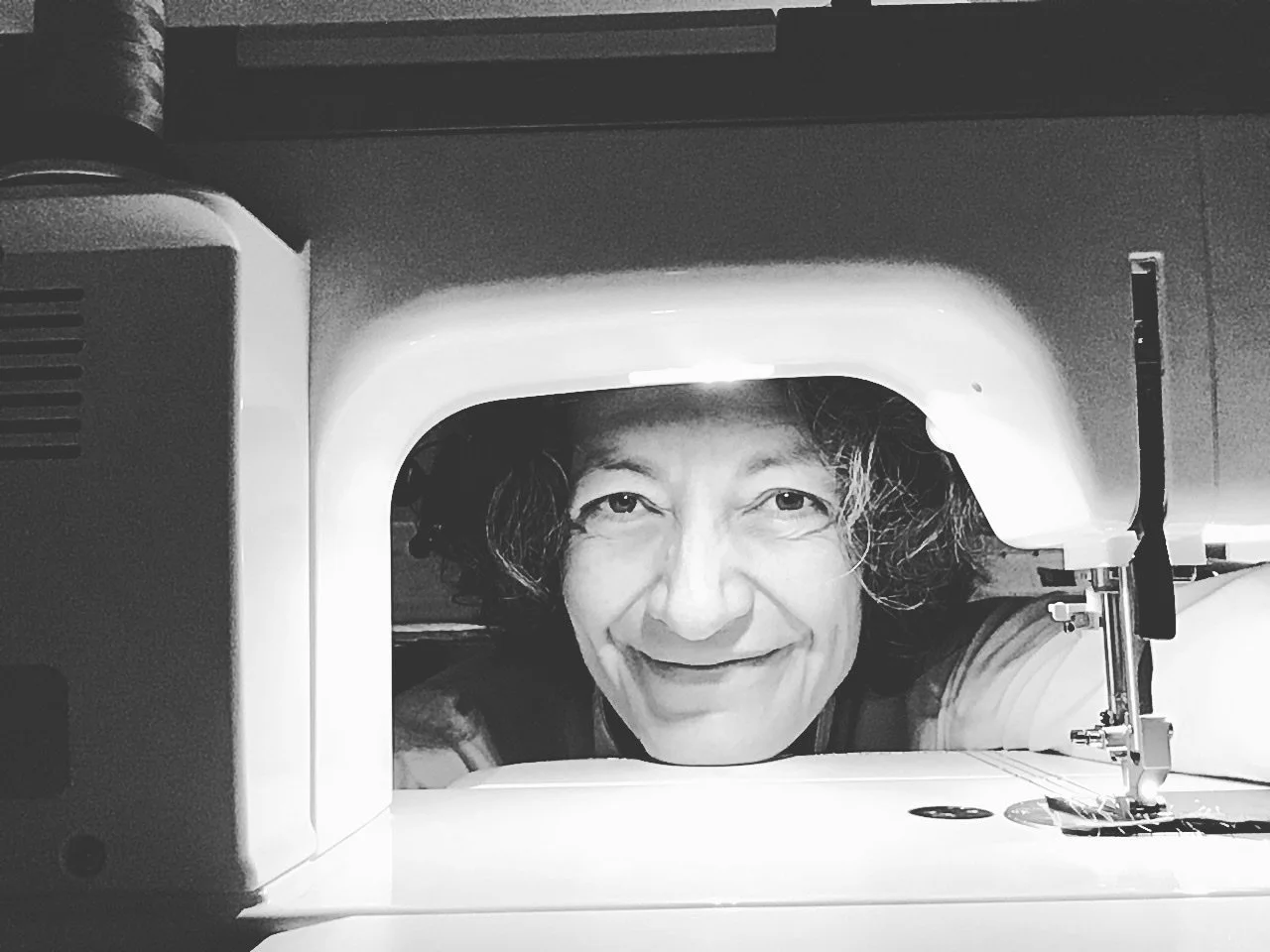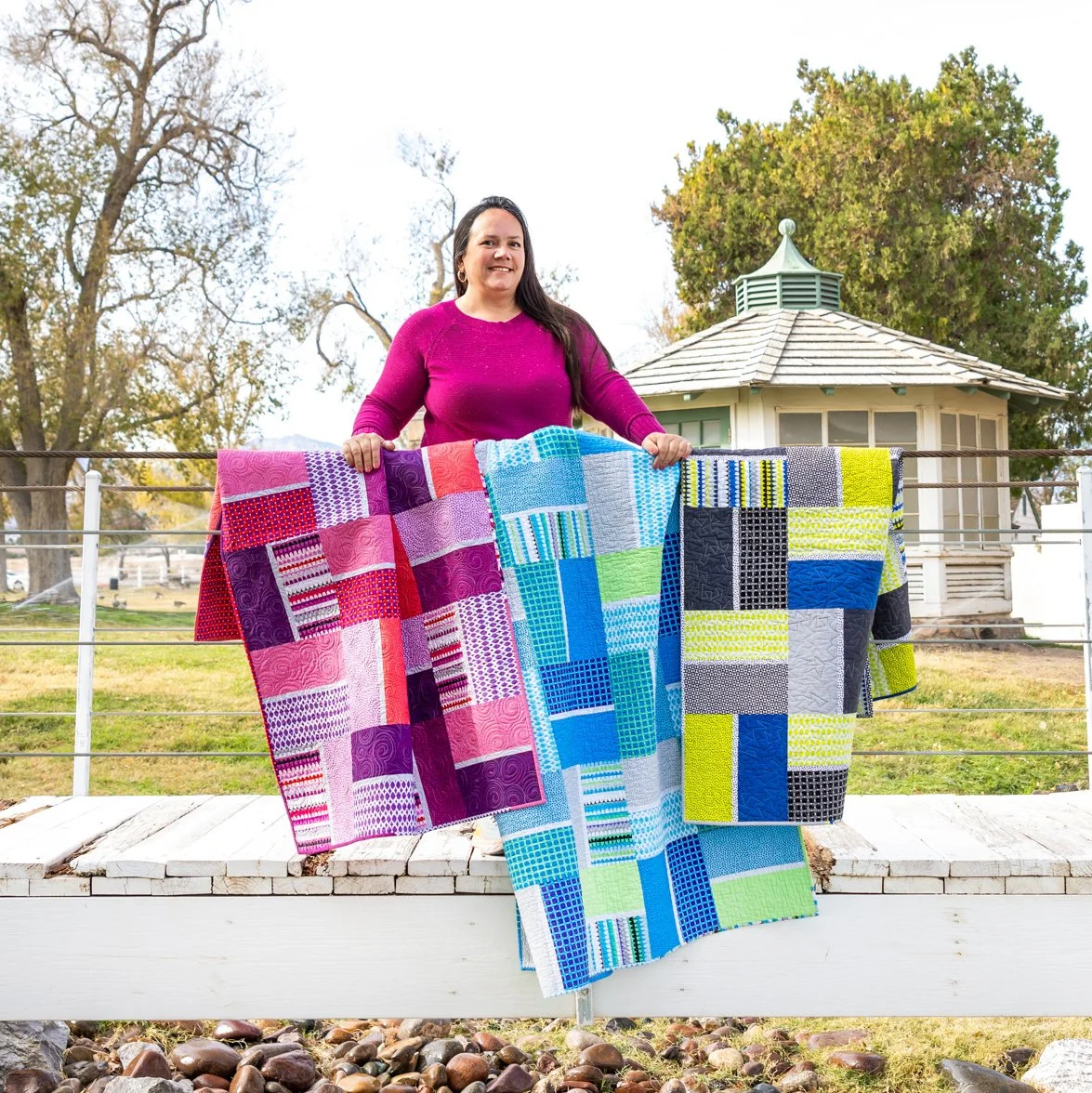S4 E82: Textiles for Home Decor
New Podcast Feature! Leave me a Voice Mail
You can leave me a voice mail and ask any make and decorate topic question, and I will feature it in an upcoming podcast…and answer your question. Click on the tab to the right to record your voice mail.
JOIN THE MAKE AND DECORATE FRIENDS MIGHTY NETWORK PRIVATE GROUP
Post photos of your makes, current and completed projects. Chat with fellow makers and podcast listeners via posts and comments. I am also learning about the new feature of live video I can do with the group. Here is the link to my Make and Decorate Friends group.
CHIT CHAT
I made the block for #quilterswithukraine pattern by Pat Sloan. It is a free pattern download with a link to UNICEF donation page. I made the 18” square block that will most likely be a mini quilt for a wall hanging.
Here is the link to Pat Sloan’s Blog Page for the pattern and link to UNICEF .
De-Mystifying Home Decor Fabric
What is home decor fabric?
54” wide standard width (can be 50” up to 118”w
Usually are treated with stain repellent: nanotech, crypton. This is the reason the care and maintenance recommends professional cleaning only ie dry cleaning or professional upholstery cleaning. Washing these fabrics will remove the stain repellent and sizing treatment that gives the fabric a crisp body.
Upholstery fabric has a backing ie acrylic or knit backing for structure and eliminate stretch
Will most likely be “railroaded” where it comes off the bolt with pattern direction from selvedge to selvedge ,
Heavier weight and density than multipurpose or drapery fabric - should not be used for drapery, can be used on pillows
Multi-purpose use fabric: vague, but this fabric is a mid-weight with no upholstery backings - just fabric. It is between drapery weight and light upholstery weight. The patterns can run off the bolt (which is necessary for long drapery)
This fabric is coated with nanotech or crypton stain repellent.
Can be used for light upholstery projects, like seldom used accent chairs, benches and accent pilllows.
Is commonly used for window treatment projects like Roman shades, valances, cornice boards and bedding.
Pay attention to repeat size and the direction that it comes off the bolt.
Window Treatment/drapery fabric is light weight, so that is drapes beautifully when made into draperies.
Also treated with stain repellent and higher end will have uv coatings on some drapery fabrics.
Will not have a backing
Pattern will sometimes be very large repeat for drapery use
Pattern/print will commonly be railroaded due to longer length needed for draperies
Sheer fabrics will sometimes be 118” wide for drapery use; cotton, linen, polyester
Can be used for draperies, Roman shades, valances, bed coverings, pillows and light upholstery
**Designer tip: synthetic fabrics like polyester will have messy “ball gown” drape. Will not produce as beautiful folds as natural fibers and blends. Pay attention to the “drape” which means how pliable, soft hand and shape it will keep when pleated as drapery.
Trimmings or Passamentarie :
:an ornamental edging or trimming(such as tassels) made of braid, cord, gimp, beading, or metallic thread.
Cord with lip: decorative cord attached to a twill tape for stitching in between seams
Cord without lip - typically glued onto cornice boards, valance boards
Gimp tape: narrow ribbonlike braided trim; used often in upholstery to hide tacks; another use is decorative way to hide seams ie in a table runner or pillows
Decorative tape: can be embroidered ; used for trimming pillows, leading edge of drapery panels, sofa skirts, Roman shades bed coverings etc.
Fringe: looped or brush; mostly used for pillow trim, sometimes lead edges of draperies
Tassel trim: pillows, drapery, Roman shades, valances etc.
Bullion. Fringe: long braided fringe used on sofa skirts
Beaded trim, with glass beads, wood beads, stones etc. on tassels, or tapes
Pom Pom fringe: fun pom Poms sewn onto decorative tape for pillows, draperies etc.
PIping or welt: interchangeable term: fabric covered cording with ½ lip. Micro welt is popular: ⅛” or ¼” dia ; standard size ⅜”; ½”large and Jumbo ¾ - 1”
Types of Upholstery fabric:
Chenille: named for the french word for caterpillar, chenille is a fuzzy soft fabric. It is a popular choice for upholstery seating because it is very soft, cozy and comfy. It can be made from cotton, silk, rayon or polyester
Velvet: short cut pile evenly disatributed - very soft and smooth ; silk, cotton, poly and blends
Tweeds: wool fabrics woven into plain, twill or herringbone patterns - think Ralph Lauren tweeds
Woven like damask, jacquard, brocatelle: the patterns in these are woven into the fabric, not printed
Printed cotton, linens
Faux Leather fabric: or “vegan leather” polyurethane or vinyl; with a woven fabric backing; 54” wide; very durable will not scratch or mar like real leather
Real Leather: purchased by the hide; full hide or half hide; half hide approx 25 sf; full hide 45 -60 sf. ; cow hide
Types of drapery and multipurpose fabric:
Polyester: inexpensive, does not fade as quickly as natural fibers, but it does not drape as well as natural fibers
Cotton: mid-range price, can be printed, textured and blended with other fibers: has a nice drape, does wrinkle and sun fade
Silk: drape’s very well, but needs interlining to give it structure and body, also need lining for sun protection.
Linen: has a very nice drape, beautiful fiber, does not need lining because it has a natural crisp structure. Cons, it “grows” gravity can make drapery hem stretch over time. Wrinkles are the nature of this fabric
Wool: lightweight, luxury fabric, blended with silk is an amazing drapery fabric.
Linen cotton blend - my favorite; cotton stabilized the linen a bit against the stretching, soft hand
How quilting fabric be used in home dec projects:
The weight of quilting fabric is much lighter than home dec drapery weight fabric.
The standard width of quilting fabrics is 43” wide/ 41 or 42 useable fabric width. This is not ideal for drapery. You want at least 54” wide fabric for drapery panels. If you have a small width window ie 30”, you can use the 43” wide fabric for roman shades.
Quilting canvas fabrics can be used for drapery, pillows and light upholstery. Essex Linen has wide width fabrics in neutral colors like flax, oyster, white, linen etc.
Be aware of repeat size. The pattern will disappear if it is too small.
A good use for the small print quilt fabrics is for piping details, lead edge details on drapery panels, banding on roman shades.





